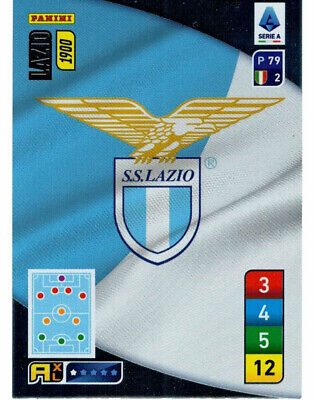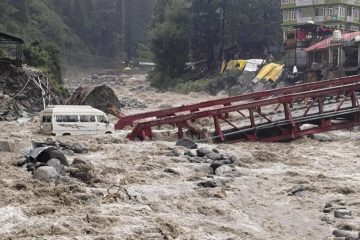Exploring the Rich Culture and History of Lazio

Introduction
Lazio, a region in central Italy, is known for its rich history, stunning landscapes, and cultural significance. Home to the capital city Rome, Lazio plays a crucial role in Italy’s political, historical, and cultural identity. With its blend of ancient ruins, modern cities, and beautiful countryside, understanding Lazio is key to grasping Italy’s essence.
Cultural Significance
The region is steeped in history and unparalleled cultural heritage, featuring a wealth of archaeological sites, Renaissance art, and architectural marvels. The Colosseum, the Vatican City, and countless ancient churches make Rome, the capital of Lazio, a global tourist magnet.
Lazio also boasts several UNESCO World Heritage Sites, including the historic center of Rome and the Etruscan sites in Tarquinia and Cerveteri. These sites offer an insight into the powerful civilizations that once thrived in the area, such as the Romans and Etruscans, shaping the very foundations of Western culture.
Geography and Economy
Beyond Rome, Lazio’s landscape is diverse, with coastal areas along the Tyrrhenian Sea, rolling hills in the countryside, and picturesque towns like Tivoli and Viterbo, known for their thermal baths and medieval architecture. The region’s economy is primarily supported by tourism, agriculture, and industrial production.
Agriculture in Lazio thrives due to the fertile plains and Mediterranean climate, known for producing various crops, including olives, grapes, and vegetables. The wine production from Lazio, particularly around the Frascati region, is also notable, contributing significantly to the local economy.
Recent Developments
In recent years, Lazio has seen significant investments in infrastructure and tourism to enhance visitor experiences. The Lazio Region has embarked on projects to promote sustainable tourism, protecting its cultural sites while making them accessible to millions of tourists each year.
Moreover, the recent emphasis on art and culture through various festivals and events, such as the RomaEuropa Festival, indicates the region’s commitment to celebrating its rich heritage while fostering modern creativity.
Conclusion
Lazio stands as a testament to Italy’s vast cultural legacy and historical depth. Its ability to blend ancient traditions with contemporary life makes it an important region not just for Italians but for visitors worldwide. As efforts to promote sustainable tourism and protect its invaluable heritage continue, Lazio remains a crucial part of Italy’s identity, drawing tourists and scholars alike to explore its treasures.









